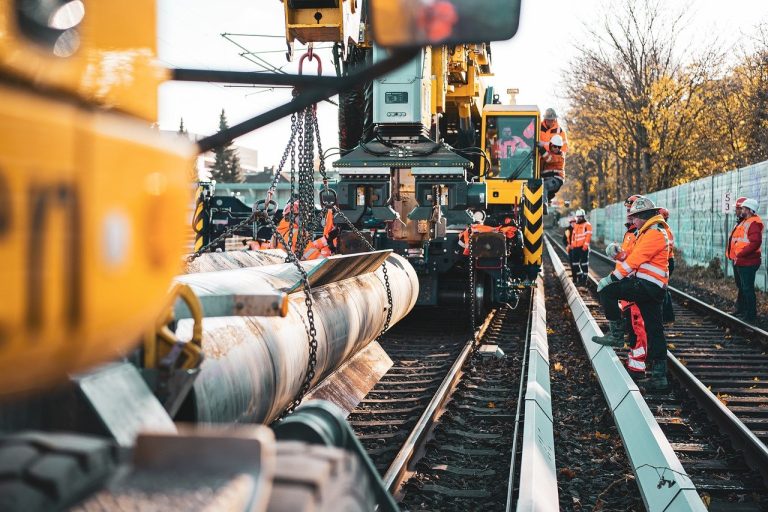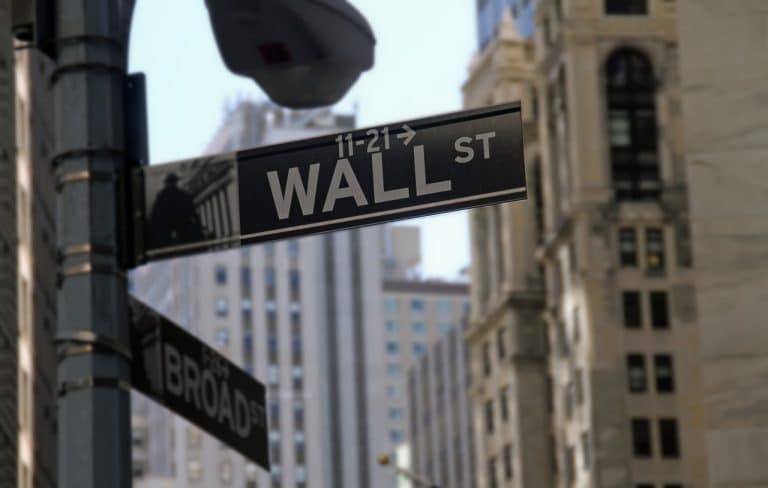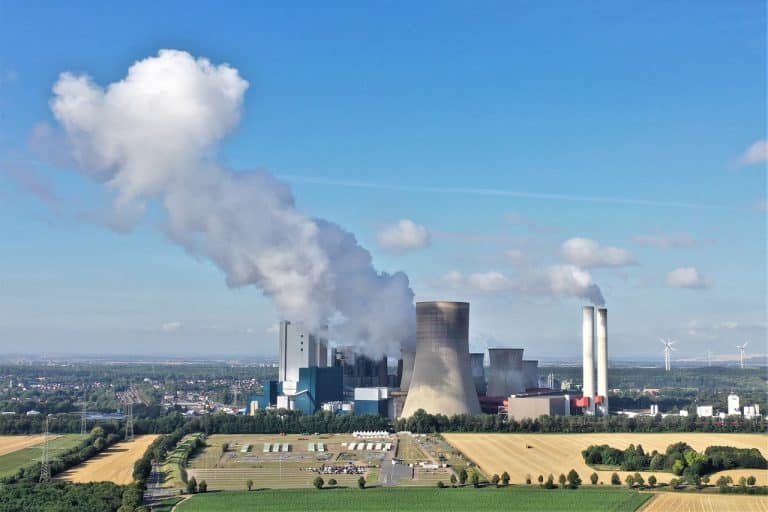Demand for carbon offsets in Asia is increasing across the global supply chain, IT, and banking industries.
Many companies want to lower their carbon footprint, especially after COP26. One way they are doing this is through the use of carbon offsets.
Carbon offsets are when a company offsets its carbon emissions by buying carbon credits. One metric ton of carbon is offset by an environmental project for every carbon credit bought.
Simply put, one carbon credit equals one metric ton of carbon.
With no global standard, offsets were often criticized. But that has now changed.
At COP26, leaders agreed to:
- Set a global standard to create, account for, and verify carbon credits. This will help prevent double counting. It will also improve the quality of offset projects.
- Allow certified emissions reductions (CERs) to be traded through Internationally Transferred Mitigation outcomes (ITMOs).
- Provide countries with the choice to use or sell offsets to other countries.
With these changes, companies see the potential of the carbon offset industry, causing it to boom. But that isn’t all. Demand for Renewable Energy Certificates (RECs) is increasing as well.
RECs are just like carbon credits – except their focus is on renewable energy. One REC equals one megawatt-hour (MWh) of renewable electricity with RECs.
Singapore-based T-REC.ai is one of eight companies approved by the US to register and verify RECs. Demand has reached 20 million RECs – accounting for half of the city-state’s power consumption.
However, demand was so high, they could only fulfill orders for 500,000 certificates.
Kang Jen Wee, founder and CEO of the exchange told Reuters that the company was working to register more renewable power suppliers.
Global companies want their suppliers across Asia to purchase RECs to offset emissions. Right now, the price ranges from $3 – $30 per REC.
Kang believes the exchange will grow by 10 million RECs next year. He expects it to reach 100 million by 2025.









